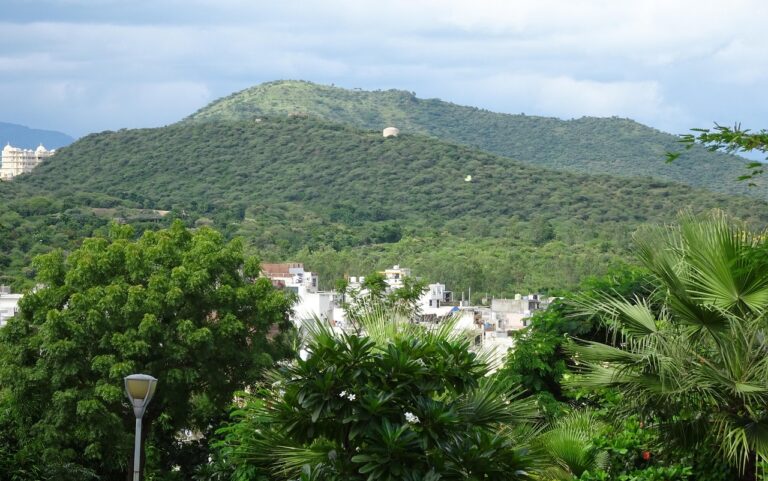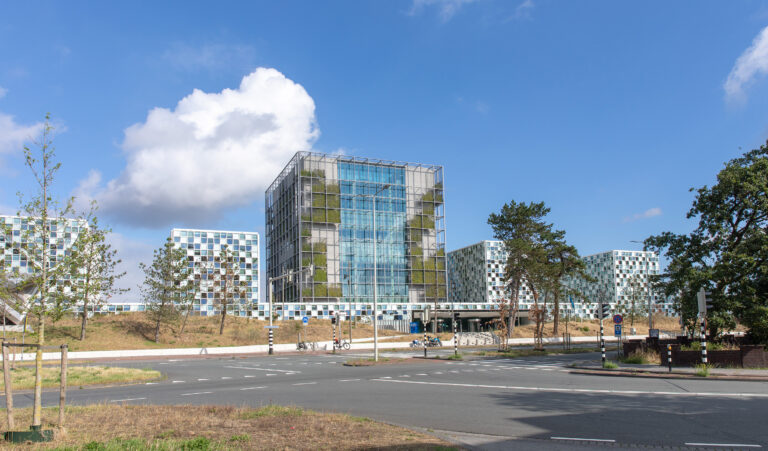
New York/Geneva: Coronavirus pandemic is undoubtedly the the worst public health crisis in a century that has not only killed over a million but has also shuttered economies triggering the worst economic prospects since the Great Depression of 1929. Economic slowdown because of lockdowns, travel restrictions, not just adversely impacted trade and industry resulting in widespread unemployment, it also forced millions of migrant workers in countries like India and Peru to return to rural areas, villages and smaller towns, some perhaps permanently.
In the wake of these unexpected disruptions, the United Nations estimates that 71 million people will be pushed back into extreme poverty this year, the first rise in global poverty since 1998. Some 1.6 billion informal workers, half the global workforce, have seen their wages affected. School closures have prevented 1.57 billion children, 90 per cent of the global student population, from attending in-person school at some point this year.
What is more disconcerting is that today unplanned urban living has left people in a lurch. The most vulnerable to disease are those living on the margins of cities. With over 90 per cent of confirmed cases coming from urban areas, cities remain the epicentres of COVID-19. The virus spread to globally connected cities and thereafter, through community transmission, from the city to the countryside. Unquestionably tackling the virus is proving to be more challenging in urban areas, where access to quality healthcare is uneven, housing inadequate, water and sanitation lacking, transport infrastructure patchy and jobs precarious.
As it is, cities have borne the brunt of the pandemic. But it is too early to know if the pandemic experience of 2020 will lead to lasting demographic changes. As of now, the long-term prospects continue to predict that the world will further urbanize over the next decade, from 56.2 per cent today to 60.4 per cent by 2030. Every region is expected to become more urbanized in the next 10 years, although highly urbanized areas are expected to slow their rate of urban growth. Ninety-six per cent of urban growth will occur in the less developed regions of East Asia, South Asia and Africa with three countries—India, China and Nigeria—accounting for 35 per cent of the total increase in global urban population from 2018 to 2050.
UN-Habitat’s The World Cities Report 2020, which was released on October 31 – designated as World Cities Day to address challenges of urbanization and contribute to sustainable urban development around the world, mentions that urban areas are already home to 55 per cent of the world’s population, and that figure is expected to grow to 68 per cent by 2050.
Urban sprawl is an increasingly common phenomenon. Once associated with the land-rich developed countries of North America and Australia, it is now occurring in cities all over the world. Whether horizontal spreading, dispersed urbanization or peri-urbanization, the physical extent of urban areas is growing much faster than their population, thereby consuming more land for urban development.
The unbridled expansion of urban areas has profound implications for energy consumption, greenhouse gas emissions, climate change and environmental degradation. Findings from a global sample of cities show that between 1990 and 2015, cities in developed countries increased their urban land area by 1.8-fold while the urban population increased by 1.2-fold; thus, implying that the expansion of urban areas in relation to urban population growth increased by a ratio of 1.5.
“Our rapidly urbanizing world must respond effectively to this pandemic and prepare for future infectious disease outbreaks,” states United Nations Secretary-general António Guterres.
Maimunah Mohd Sharif, Under-Secretary-General and Executive Director of UN-Habitat, is of the opinion that COVID-19 will not reverse urbanization. The primal drive to congregate in cities and towns in pursuit of aspirations and a better life will continue. “But we have a chance to make this agglomeration process more inclusive, with a clear focus on our collective wellbeing. To harness the transformative powers of urbanization towards sustainable development, we need effective planning, management and governance. We also need to build back greener. Growth cannot be at the expense of the environment,” she says.
Amidst this unprecedented backdrop, the World Cities Report 2020 makes the case that cities remain central to the sustainable development by creating economic, social and environmental value that supports the fight against poverty, inequality, climate change and other global challenges.
Their role was solidified in the last five years by the suite of United Nations agreements that collectively form the global development agenda. New Urban Agenda, Sendai Framework for Disaster Risk Reduction and Addis Ababa Action Agenda collectively form the backbone of international development policy, recommendations, goals, targets and indicators for Member States. In each of these documents, local governments are recognized as important partners in the drive to a more sustainable future. The role of cities is woven throughout this tapestry of agreements, most prominently in SDG 11 and the urban dimension of the SDGs.
What is most worrisome is that COVID-19 has reversed the gains made in poverty eradication and is pushing back the possibility of attaining the Sustainable Development Goals by at least a decade if not more. The World Cities Report 2020 makes the case that cities remain central to the sustainable development trajectory. The Sustainable Development Goals, and particularly Goal 11, recognize the transformative role that cities can play.
The New Urban Agenda makes the case for the value of sustainable urbanization, or how people choosing to make their lives in cities can contribute to economic prosperity, environmental quality, social equity and strengthened civic and cultural institutions. Sustainable urbanization will be essential to the global effort to build back better from the impacts of the COVID-19 pandemic and get the world back on track to achieve the SDGs and meet the ambitious targets of the Paris Agreement on climate change.
– globalbihari bureau





